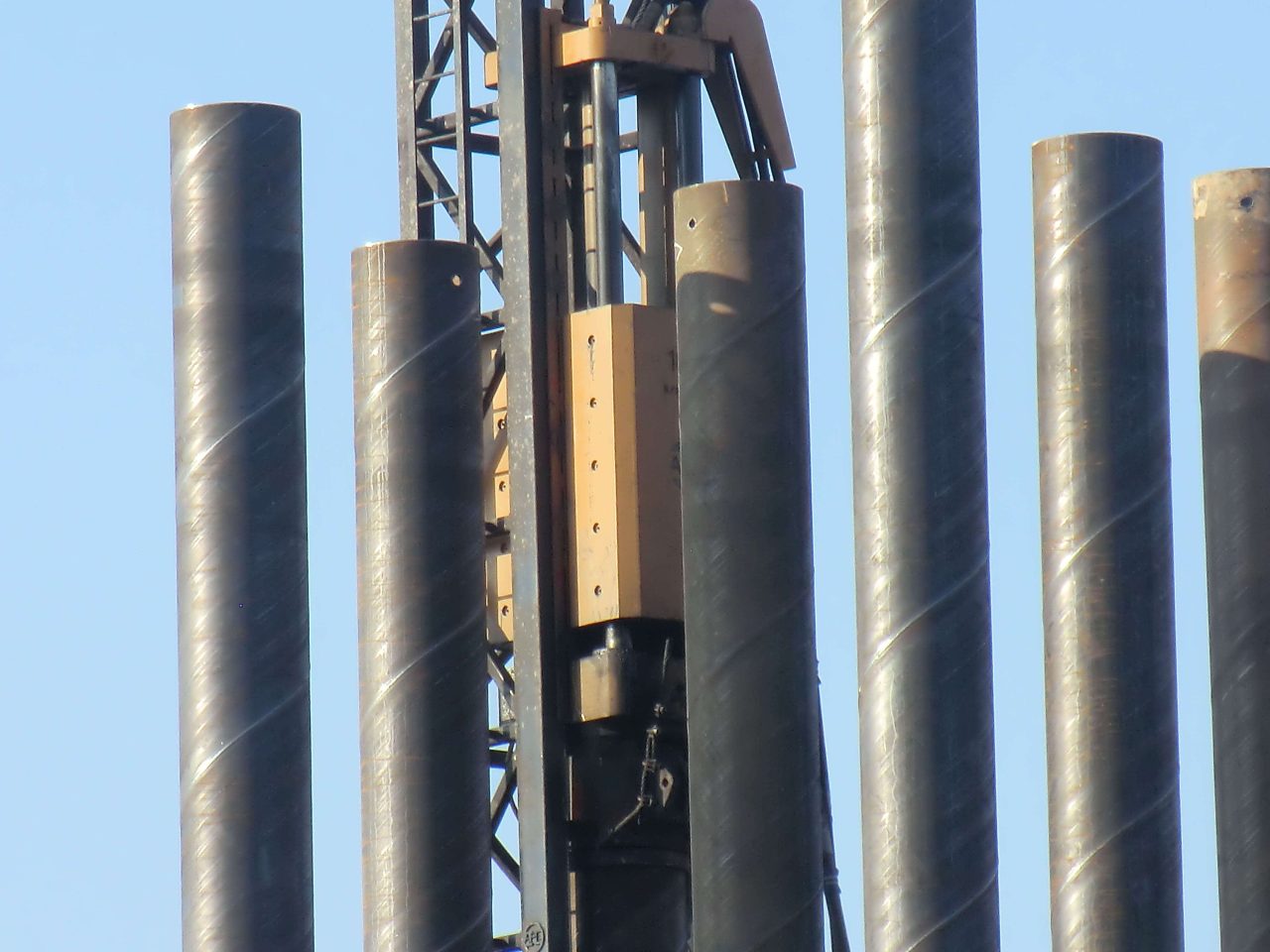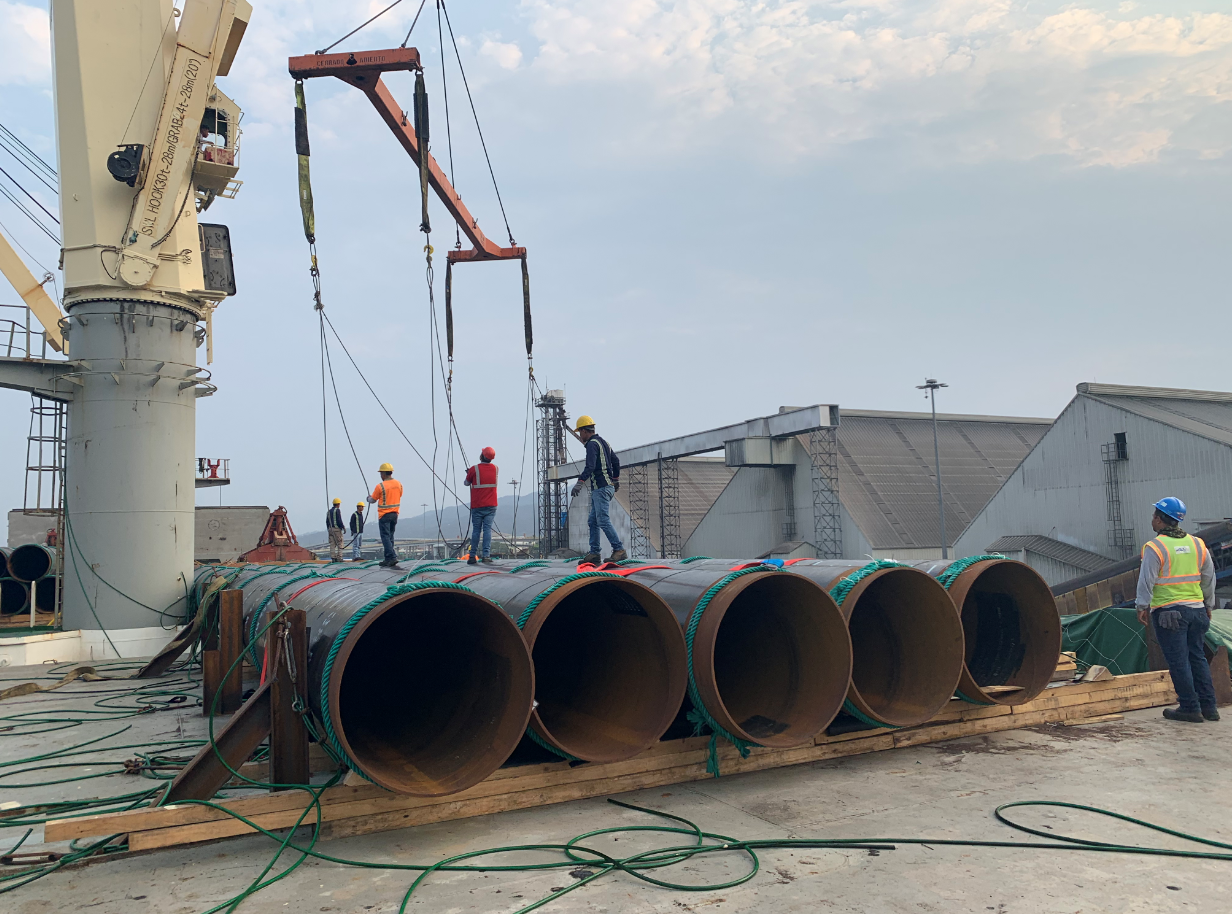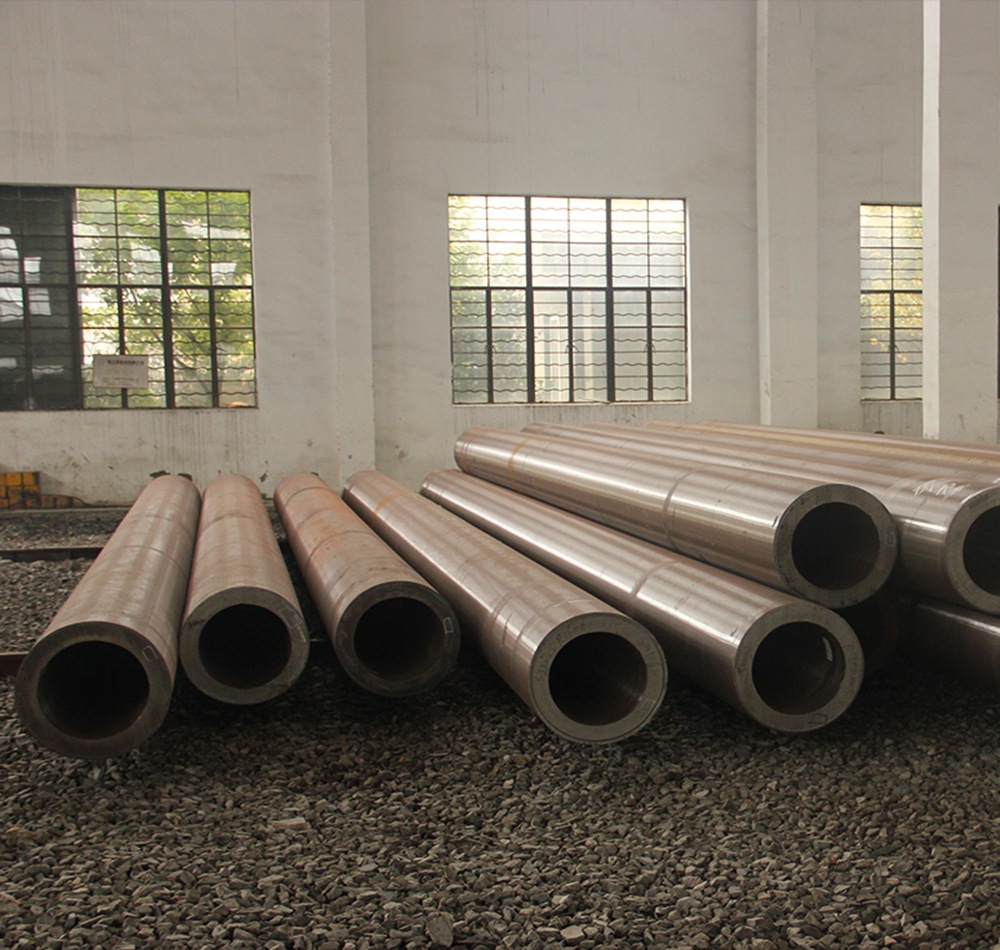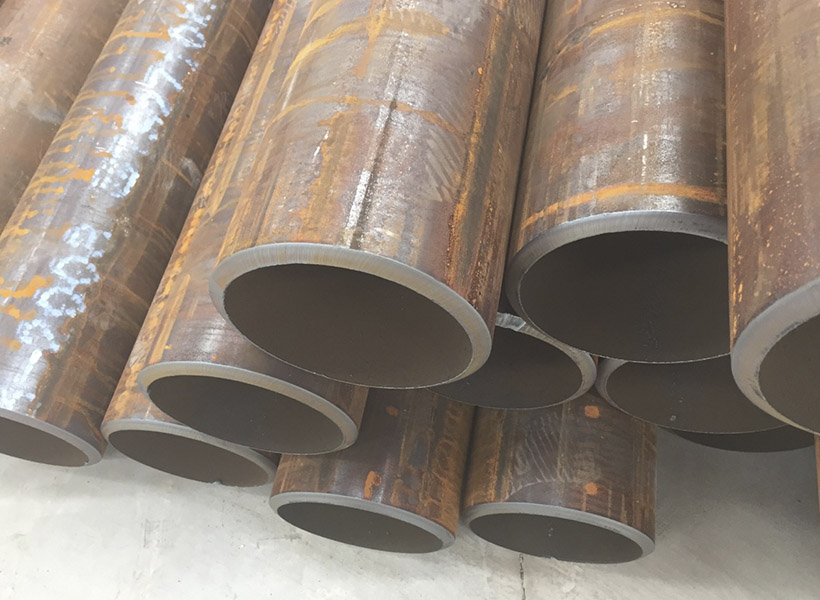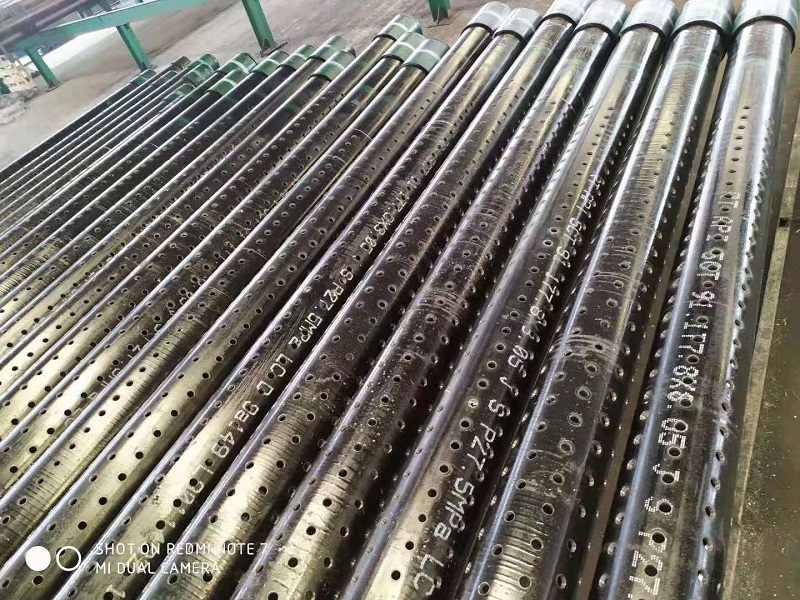Hot rolled and cold rolled steel pipes differ in their manufacturing processes, mechanical properties, surface finish, and applications. Here’s a detailed comparison:
Manufacturing Process
Hot Rolled Steel Pipe
- Process: Hot rolling involves heating steel to above its recrystallization temperature (typically over 1700°F or 927°C) and then rolling it into shape.
- Steps:
- The steel is heated in a furnace.
- It is then passed through a series of rolling mills to achieve the desired shape and size.
- The steel is allowed to cool naturally to room temperature.
Cold Rolled Steel Pipe
- Process: Cold rolling is performed at or near room temperature. It is a more complex process that involves multiple steps.
- Steps:
- The steel is rolled out into a more precise shape at room temperature.
- It is then annealed (heat-treated) to remove internal stresses and improve ductility.
- The steel may go through additional finishing processes like pickling or polishing.
Mechanical Properties
Hot Rolled Steel Pipe
- Strength: Generally has lower strength compared to cold rolled steel due to the lack of work hardening.
- Ductility: Higher ductility, making it easier to work with and less brittle.
- Residual Stresses: Lower residual stresses compared to cold rolled steel because it is allowed to cool naturally.
Cold Rolled Steel Pipe
- Strength: Higher strength due to work hardening during the rolling process.
- Ductility: Lower ductility compared to hot rolled steel, making it harder and more brittle.
- Residual Stresses: Higher residual stresses due to the cold working process and subsequent annealing.
Surface Finish
Hot Rolled Steel Pipe
- Appearance: Typically has a rougher, scaled surface due to the high-temperature rolling and subsequent cooling.
- Finish: Less precise dimensions and a less attractive finish. Often requires additional machining or finishing for precise applications.
Cold Rolled Steel Pipe
- Appearance: Smoother and cleaner surface finish due to the cold working process.
- Finish: More precise dimensions and a better aesthetic finish. Often used in applications where appearance and dimensional accuracy are important.
Applications
Hot Rolled Steel Pipe
- Structural Components: Used in construction for structural shapes like I-beams and H-beams.
- Pipelines: Common in applications where precise dimensions and surface finish are less critical, such as in oil and gas pipelines.
- Machinery: Used in heavy machinery parts where high strength and toughness are required.
Cold Rolled Steel Pipe
- Precision Applications: Used in applications requiring tight tolerances and high-quality surface finishes, such as automotive parts, furniture, and home appliances.
- Mechanical Components: Common in manufacturing of precision tubes, bearings, gears, and other mechanical components.
- Construction: Used in architectural and interior design projects where aesthetics are important.
Cost
Hot Rolled Steel Pipe
- Generally Cheaper: The simpler manufacturing process and lower precision requirements make hot rolled steel less expensive.
Cold Rolled Steel Pipe
- Typically More Expensive: The additional processing steps and higher precision requirements increase the cost.
Summary
| Feature | Hot Rolled Steel Pipe | Cold Rolled Steel Pipe |
|---|---|---|
| Manufacturing Temperature | Above recrystallization temperature | Room temperature |
| Mechanical Properties | Lower strength, higher ductility | Higher strength, lower ductility |
| Surface Finish | Rough, scaled surface | Smooth, clean surface |
| Dimensional Accuracy | Less precise | More precise |
| Applications | Structural components, pipelines, heavy machinery | Precision applications, automotive parts, furniture |
| Cost | Generally cheaper | Typically more expensive |
Understanding these differences can help in selecting the appropriate type of steel pipe for specific applications, ensuring optimal performance and cost-efficiency.
Advantages and Disadvantages
To further understand the differences between hot rolled and cold rolled steel pipes, it’s helpful to examine their respective advantages and disadvantages.
Hot Rolled Steel Pipe
Advantages
- Cost-Effective: The simpler manufacturing process results in lower production costs.
- Easier to Work With: Higher ductility allows for easier forming and welding.
- Suitable for Large-Scale Production: Ideal for applications where high volume and less precision are acceptable.
- High Toughness: Better suited for applications requiring toughness and impact resistance.
Disadvantages
- Surface Finish: Rougher surface that may require additional finishing.
- Dimensional Tolerances: Less precise, which may not be suitable for applications requiring tight tolerances.
- Residual Scale: The presence of scale on the surface can require additional cleaning.
Cold Rolled Steel Pipe
Advantages
- Superior Surface Finish: Smoother and more aesthetically pleasing surface.
- Tighter Tolerances: Higher dimensional accuracy makes it suitable for precision applications.
- Higher Strength: Increased strength due to work hardening during the cold rolling process.
- Better Mechanical Properties: More consistent mechanical properties due to controlled processing.
Disadvantages
- Higher Cost: More complex and energy-intensive manufacturing process results in higher costs.
- Brittleness: Lower ductility can make it more brittle and harder to work with.
- Residual Stresses: Increased residual stresses which may require annealing to relieve.
Typical Standards and Specifications
Hot Rolled Steel Pipe
- ASTM A53: Standard specification for pipe, steel, black and hot-dipped, zinc-coated, welded and seamless.
- ASTM A106: Standard specification for seamless carbon steel pipe for high-temperature service.
- EN 10210: European standard for hot finished structural hollow sections of non-alloy and fine grain steels.
Cold Rolled Steel Pipe
- ASTM A500: Standard specification for cold-formed welded and seamless carbon steel structural tubing.
- ASTM A513: Standard specification for electric-resistance-welded carbon and alloy steel mechanical tubing.
- EN 10305: European standard for precision steel tubes.
Heat Treatment and Processing
Hot Rolled Steel Pipe
- Normalizing: Often used to refine grain size and improve uniformity of microstructure and mechanical properties.
- Annealing: Sometimes performed to soften the material for further processing or to relieve internal stresses.
Cold Rolled Steel Pipe
- Annealing: Commonly used to relieve stresses induced during cold rolling and to improve ductility.
- Pickling: A cleaning process using acid to remove scale and impurities from the surface.
- Cold Drawing: Further reduces the diameter and wall thickness to achieve precise dimensions and a better surface finish.
Choosing Between Hot Rolled and Cold Rolled Steel Pipes
Considerations
- Application Requirements:
- Structural and High-Volume Applications: Hot rolled steel pipes are more suitable due to their lower cost and higher toughness.
- Precision and Aesthetic Applications: Cold rolled steel pipes are preferred for their superior finish and tighter tolerances.
- Mechanical Properties:
- Strength and Toughness: Hot rolled steel is better for applications requiring high toughness and impact resistance.
- Strength and Precision: Cold rolled steel is ideal for applications requiring high strength and precision.
- Budget:
- Cost Sensitivity: Hot rolled steel is generally less expensive and suitable for budget-sensitive projects.
- Quality Sensitivity: Cold rolled steel, while more expensive, offers higher quality and better mechanical properties.
Example Applications
- Hot Rolled Steel Pipe:
- Construction beams and columns
- Oil and gas pipelines
- Heavy machinery components
- Railroad tracks
- Cold Rolled Steel Pipe:
- Automotive parts (e.g., axles, shafts)
- Furniture frames and legs
- Precision mechanical components
- Home appliances

